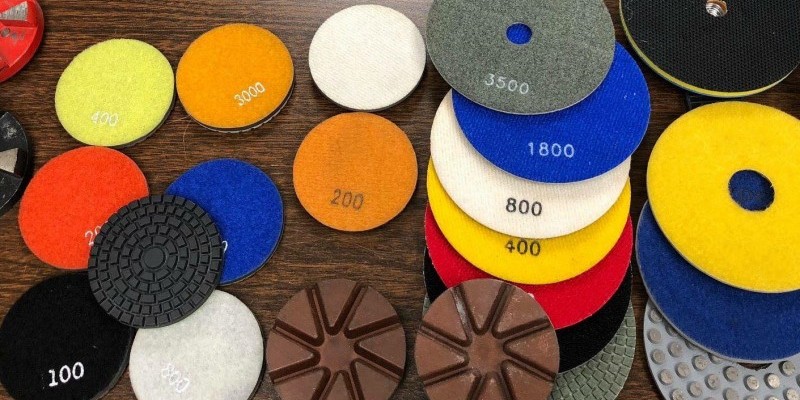The classification system of diamond grinding tools provides a standardized way to categorize and differentiate these tools based on certain characteristics and parameters.The classification system typically takes into account the following aspects:
Bond Type: The bond refers to the material that holds the diamond crystals in place on the tool's surface. Different bond types offer varying levels of hardness, durability, and aggressiveness, making them suitable for specific grinding tasks. Common bond types include:
Metal Bond: These tools have a metallic matrix that holds diamonds. They are known for their exceptional durability and cutting ability but may have a lower diamond exposure compared to other bond types.
Resin Bond: Resin-bonded tools use a plastic resin as the binding material. They have good flexibility, which makes them suitable for polishing and achieving a high-gloss finish. Resin bond tooling is less aggressive than metal bond tools but provide better control during grinding.
Hybrid Bond: Hybrid tools combine the characteristics of metal bond and resin bond. They are designed to provide the benefits of both bond types, offering high material removal rates and excellent surface finish quality.

Diamond Grit Size: Diamond grit size refers to the size of the diamond particles embedded in the tool. The grit size determines the aggressiveness of the tool and the level of surface refinement it can achieve. Smaller grit sizes, such as 30 or 50, are more aggressive and suitable for coarse grinding, while larger grit sizes, such as 200 or higher, are used for finer polishing and achieving a smoother finish.
Segmentation: Segmentation refers to the arrangement and pattern of the diamond segments or blocks on the tool's surface. Segmented tools may have different shapes and sizes of segments, which affect the tool's performance and versatility. Segment designs can include single-segment, multiple-segment, or turbo segments, among others. Different segment patterns are used to optimize material removal, heat dissipation, and uniformity of grinding across the surface.
Application: Diamond grinding tools may have specific classifications based on their intended application. For example, there may be separate categories for tools designed for grinding concrete, stone, coatings, or terrazzo. These tools are designed to provide optimized performance for specific materials and applications.
It's important to note that the classification system may vary among manufacturers, and some tools may possess unique features outside the standard classifications.By understanding the classification system of diamond grinding tools and considering factors such as bond type, diamond grit size, segmentation, and application, professionals can make informed decisions when selecting the most suitable tool for their specific grinding needs, leading to more efficient and effective surface preparation and finishing processes.